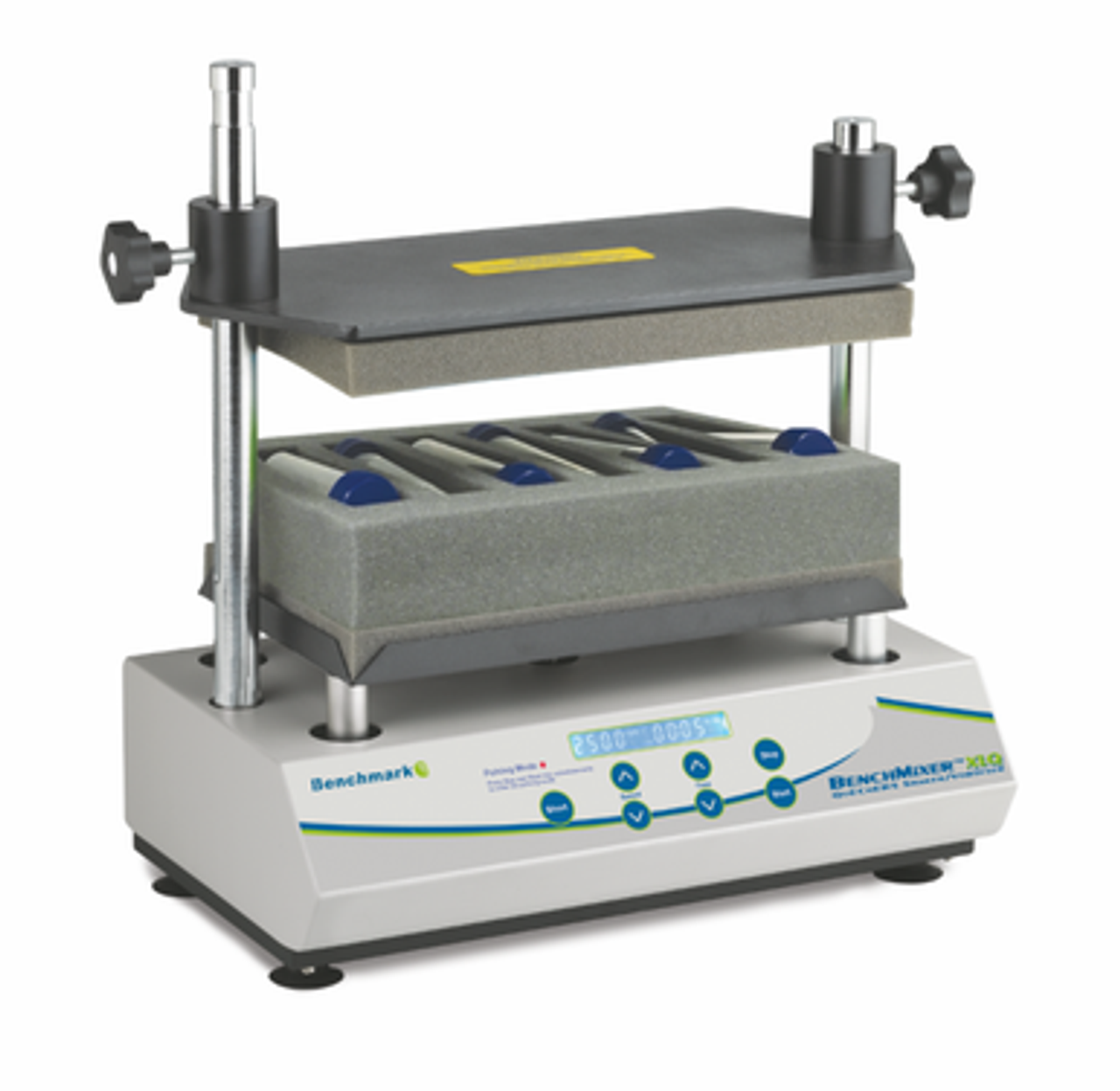Keep cannabis clean! That could be one cry heard nearly around the world, and it means keeping as many chemicals, such as pesticides, out of cannabis-based products as possible.
As cannabis gains access to more markets—medicinal and recreational—around the world, increasing regulations from governments must be met. Many of these regulations impact pesticides in cannabis.
To meet those mandates, suppliers and manufacturers must do more or pay for more analytical testing.
Cannabis is not likely to be grown without pesticides, but some governments get involved with the options.
For example, the state of Washington’s government maintains a list of pesticides that comply with the criteria developed by the state’s department of agriculture. But that doesn’t make it as easy as it sounds, because government documentation notes: “Inclusion on the list is not an endorsement or a recommendation regarding the use of any specific pesticide for the production of marijuana in Washington.”
It’s a little more clear in Colorado, which mandated pesticide testing for medicinal and retail marijuana on August 1, 2018. This applies to all marijuana flowers and trim. Only certified labs can be used, and strict methods must be followed to meet the Colorado guidelines.
Oregon moderates a list of 400 pesticides, and notes: “The intent of the list is to assist growers in distinguishing those pesticide products whose labels do not legally prohibit use on cannabis from those that clearly do not allow use.”
That’s just a small sample of the state-mandated testing underway, and much more surely lies ahead. That will drive the need for more labs running sophisticated pesticide analysis—especially where the rules get pretty fuzzy!
Easy and effective analysis
Scientists can take many approaches to testing cannabis and its products for pesticides, and one is QuEChERS. This acronym stands for quick, easy, cheap, effective, rugged and safe. Part of this method includes mixing, which can be done with the Benchmark Scientific Sample Prep Vortex Mixer

This device accommodates a wide range of sample sizes, including 1.5/2.0, 15 and 50 milliliter tubes. With its larger capacity racks, multiple samples can be processed at the same time.
By replacing manual mixing with this device, samples are also processed more consistently, which improves the accuracy and repeatability of pesticide testing. Plus, the timing and speed of the orbital mixing can be precisely controlled.
The output from QuEChERS, when using the right reagents, includes the pesticides from a sample. That output—usually after a bit more processing, such as centrifuging and so on—can become the input for chromatography—gas or liquid—and the resulting sample can be analyzed with mass spectrometry.
With this processing, cannabis samples can be studied for pesticides, which can even be quantified, if needed. And by using QuEChERS, labs can save time with this quick method and even save money by reducing the consumables.
With the right regulation and the best analytical processes, cannabis and the resulting products can be kept as pesticide-free as possible. At the very least, the pesticides can be identified.


